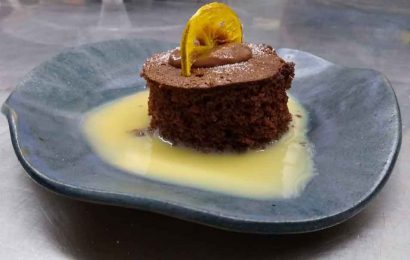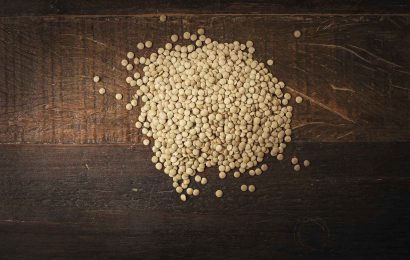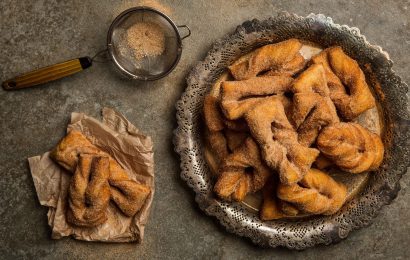My best São João festivities I lived as a child, in Bahia’s countryside. It was always the same: we, euphoric, left our home in Salvador and went to our farm in Engenheiro França.
I remember the hassle that the party represented for the women in our family, since most of the recipes from Festas Juninas require time and, almost always, a lot of arms to prepare them. Grating the corn for pamonha and canjica (corn custard, also called curau in other parts of the country), making corn cake from that ‘dough’ that remains after extracting the corn juice, putting the white corn in a sauce for the mungunzá (hominy, also known as canjica in other parts of Brazil). On the table there was also carimã cake, manioc cake and cornmeal cake.
Yes, many of my memories from that time are sweet recipes, although I know that in some parts of the Northeast region this celebration has lots of salty recipes, such as stew, manioc and paçoca de carne de sol (sun-meat paçoca). And of course in Bahia we don’t miss a chance to celebrate eating our dendê (palm oil) recipes, such as caruru and vatapá.
It must be said that the São João Party in the Northeast region of Brazil has a holiday status, with supper on the eve and some people even wear new clothes. I dare say that for the baianos who live in the countryside, the São João Party is more important than Carnival! Among all of this food and celebration, we used to go from door to door in the neighbourhood and were welcomed with a cup of jenipapo’s liquor – quentão (a hot drink that can be made using cachaça and spices) and vinho quente (a drink similar to mulled wine) I just knew after moving to São Paulo. And we were invited to try every food in every stop we made, so it was part of the fun to compare the recipes.



